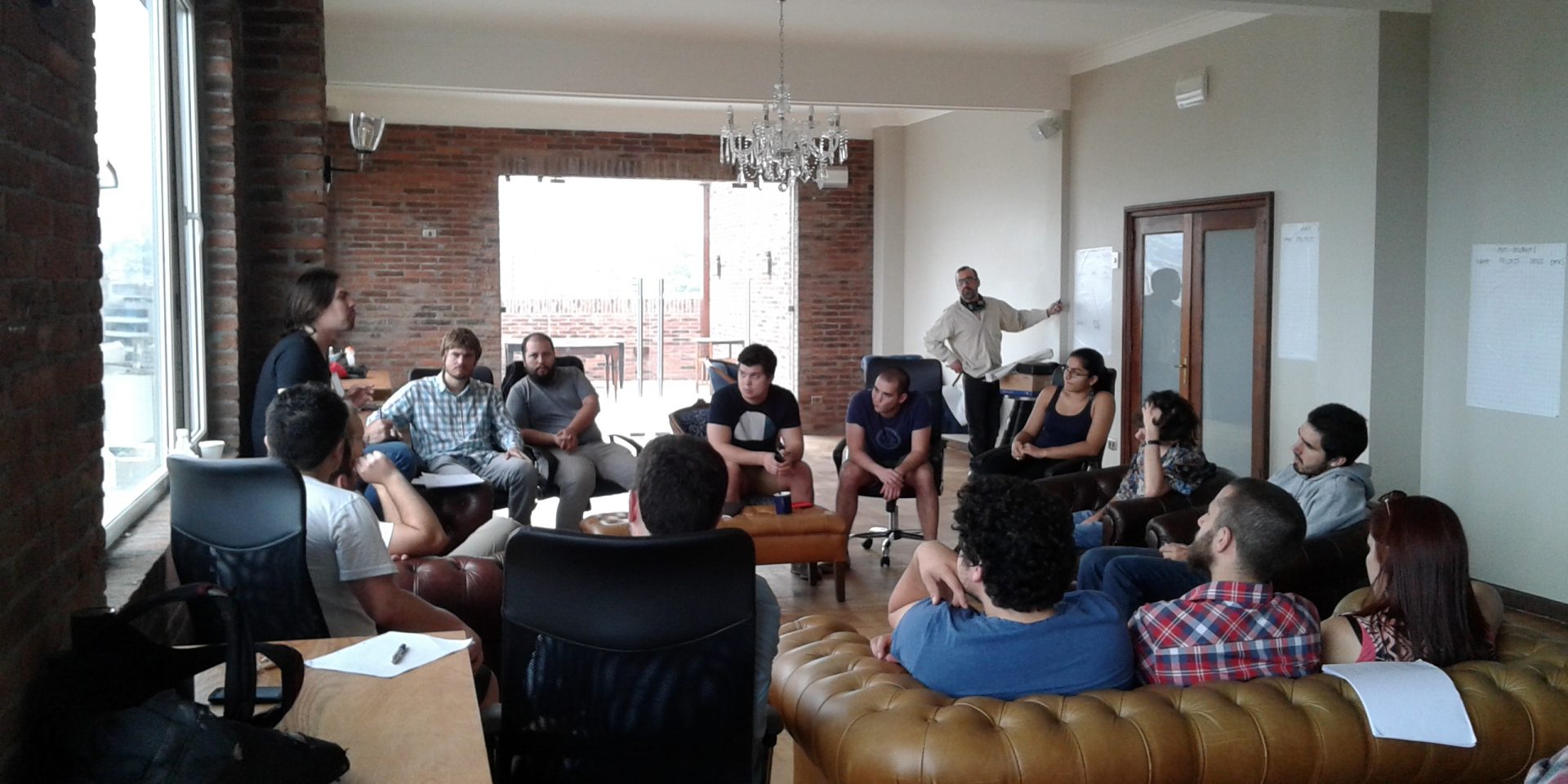
Miguel Angel Fuentes and David C. Krakauer. J. R. Soc. Interface, 2007, doi:10.1098/rsif.2007.1074.
Miguel Angel Fuentes and David C. Krakauer. J. R. Soc. Interface, doi:10.1098/rsif.2007.1074, 2007.
ABSTRACT
Of considerable interest are the evolutionary and developmental origins of complex, adaptive structures and the mechanisms that stabilize these structures. We consider the relationship between the evolutionary process of gene duplication and deletion and the stability of morphogenetic patterns produced by interacting activators and inhibitors. We compare the relative stability of patterns with a single activator and inhibitor (two-dimensional system) against a ‘redundant’ system with two activators or two inhibitors (three-dimensional system). We find that duplication events can both expand and contract the space of patterns.
We study developmental robustness in terms of stochastic escape times from this space, also known as a ‘canalization potential’. We embed the output of pattern formation into an explicit evolutionary model of gene duplication, gene loss and variation in the steepness of the canalization potential. We find that under all constant conditions, the system evolves towards a preference for steep potentials associated with low phenotypic variability and longer lifespans. This preference leads to an overall decrease in the density of redundant genotypes as developmental robustness neutralizes the advantages of genetic robustness.
Do not disseminate/print without permission of copyright holder.